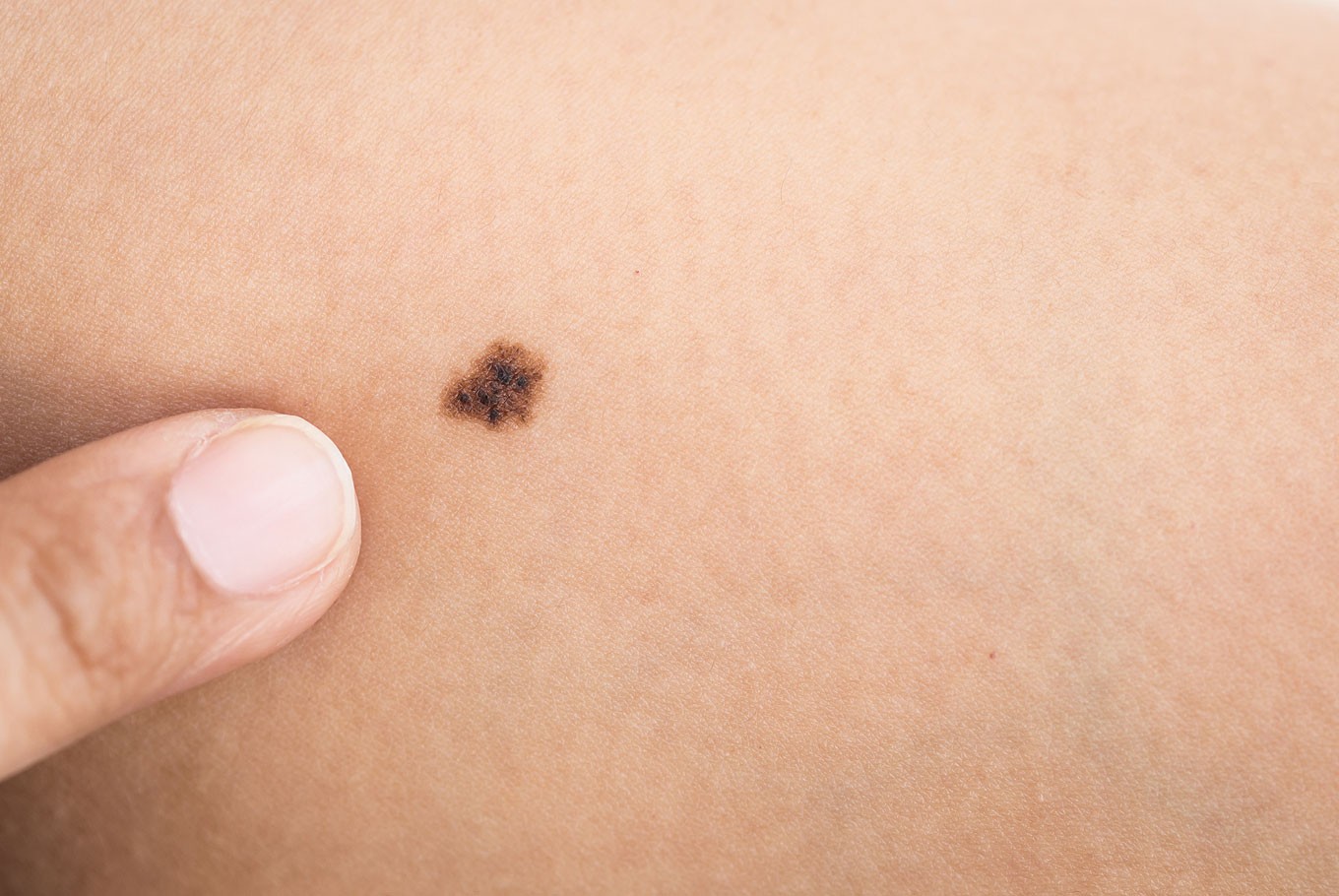Popular Reads
Top Results
Can't find what you're looking for?
View all search resultsPopular Reads
Top Results
Can't find what you're looking for?
View all search resultsHere's how to check if your mole is cancerous
You may be concerned about a particular skin growth on your skin. If the growth is raised or smooth, circular with smooth edges and dark in color, it is most likely a mole.
Change text size
Gift Premium Articles
to Anyone
Y
ou may be concerned about a particular skin growth on your skin. If the growth is raised or smooth, circular with smooth edges and dark in color, it is most likely a mole. They usually appear above the waist. Most moles are benign (non-cancerous) but in rare cases can develop into a melanoma, a form of skin cancer.
Some moles are present at birth, although most develop during the first 30 years of life. Although they can be unsightly, most of them are completely harmless. In some cases, they may cause trouble for you, for example if you cut them while shaving or if they catch on your clothes often. If this happens, you can have them surgically removed.
How do I know if my moles are cancerous?
Melanomas usually appear as a dark, fast-growing spot on your skin. It may appear where there had been no spot before, or it may come from a pre-existing mole that changed size, shape or color. In some cases it may be red, itchy and can bleed.
You should check your skin every few months for new moles or any changes in pre-existing moles. Cancerous moles can appear anywhere on your body, but most happen on the back, legs, arms and face. Some signs you should watch out for are:
- Moles with two or more different colors.
- Moles with an uneven or ragged edge.
- Bleeding, itching, red, swollen or crusty moles.
- Moles that grow in size quickly.
When diagnosed and treated at an early stage, surgery for melanoma is often successful. Surgery is often the main treatment for melanomas. Of course after the surgery, you will need proper aftercare to prevent it from returning. It is important to follow your doctor’s instructions.
(Read also: Study links erectile dysfunction drug with skin cancer)
How do I prevent from getting cancerous moles?
If you just got a mole removed or have light skin that is more prone to moles, you should take extra steps to protect your skin from the sun. Sun protection is the best and easiest way to prevent you from getting skin cancer.
People with light skin or lots of moles are often at a higher risk of skin cancer. If you have a lot of moles you should take care not to be in the sun for too long. You should avoid sun damage by:
- Staying in the shade between 11 a.m. and 3 p.m.
- Cover up with UV protective clothes, a wide-brimmed hat and sunglasses.
- Use a sunscreen with minimum SPF 15 and reapply it every 2 to 3 hours after swimming or sweating a lot.
- Avoid using sunlamps or sunbeds because they give out UV rays.
If your moles have been with you since birth and unchanged, then don’t stress. Just remember to be alert to skin changes and protect yourself from the sun. (kes)












